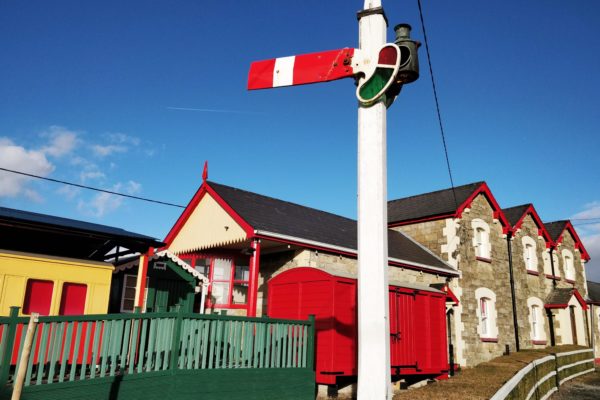We Need Your Help!
As you know, everything is at a standstill for the moment, as globally we all deal with the ramifications of COVID-19. Although we are closed to the public, we are continuing to work offsite in preparation for our return. Unfortunately, we are only part-funded and have a shortfall in running
“Closing for 2 Weeks: 16.3.20 – 30.3.20”
PRESS RELEASE 16th March 2020 We are sad to announce that like our neighbours across Donegal and further afield, we are closing for the next two weeks in response to the Covid-19 Virus. This time may be longer, depending on future government directives. During this time our staff will
“A momentous year at Donegal Railway Museum!”
PRESS RELEASE 17th December 2019 “A momentous year at Donegal Railway Museum!” It’s been an extremely busy 12 months in the Donegal Railway Heritage Centre with ambitious plans for the future. Niall McCaughan, Manager stated: “2019 has been a momentous time for the museum, and it’s amazing what
Leghowney Country market comes to Donegal Railway Museum
Donegal Railway Heritage Centre is delighted to announce that Leghowney County Market is coming to the Museum this summer, on Saturday 13th July, as part of the 60th Anniversary celebrations. Its 60 years this year since the Railway Station and majority of the railway lines closed in 1959. Leghowney Country
Painting the imaginations
Dolphins have a streamlined fusiform body, adapted for fast swimming. The tail fin, called the fluke, is used for propulsion while the pectoral fins, together with the entire tail section, provide directional control. The dorsal fin, in those species that have one, provides stability while swimming. Though varying by species,
Potter working a piece of clay
Dolphins have a streamlined fusiform body, adapted for fast swimming. The tail fin, called the fluke, is used for propulsion while the pectoral fins, together with the entire tail section, provide directional control. The dorsal fin, in those species that have one, provides stability while swimming. Though varying by species,
Painting the imaginations
Dolphins have a streamlined fusiform body, adapted for fast swimming. The tail fin, called the fluke, is used for propulsion while the pectoral fins, together with the entire tail section, provide directional control. The dorsal fin, in those species that have one, provides stability while swimming. Though varying by species,
Adventures of the realistic Africa
Dolphins have a streamlined fusiform body, adapted for fast swimming. The tail fin, called the fluke, is used for propulsion while the pectoral fins, together with the entire tail section, provide directional control. The dorsal fin, in those species that have one, provides stability while swimming. Though varying by species,
RP band performance at Shop Pleu
Dolphins have a streamlined fusiform body, adapted for fast swimming. The tail fin, called the fluke, is used for propulsion while the pectoral fins, together with the entire tail section, provide directional control. The dorsal fin, in those species that have one, provides stability while swimming. Though varying by species,











Recent Comments